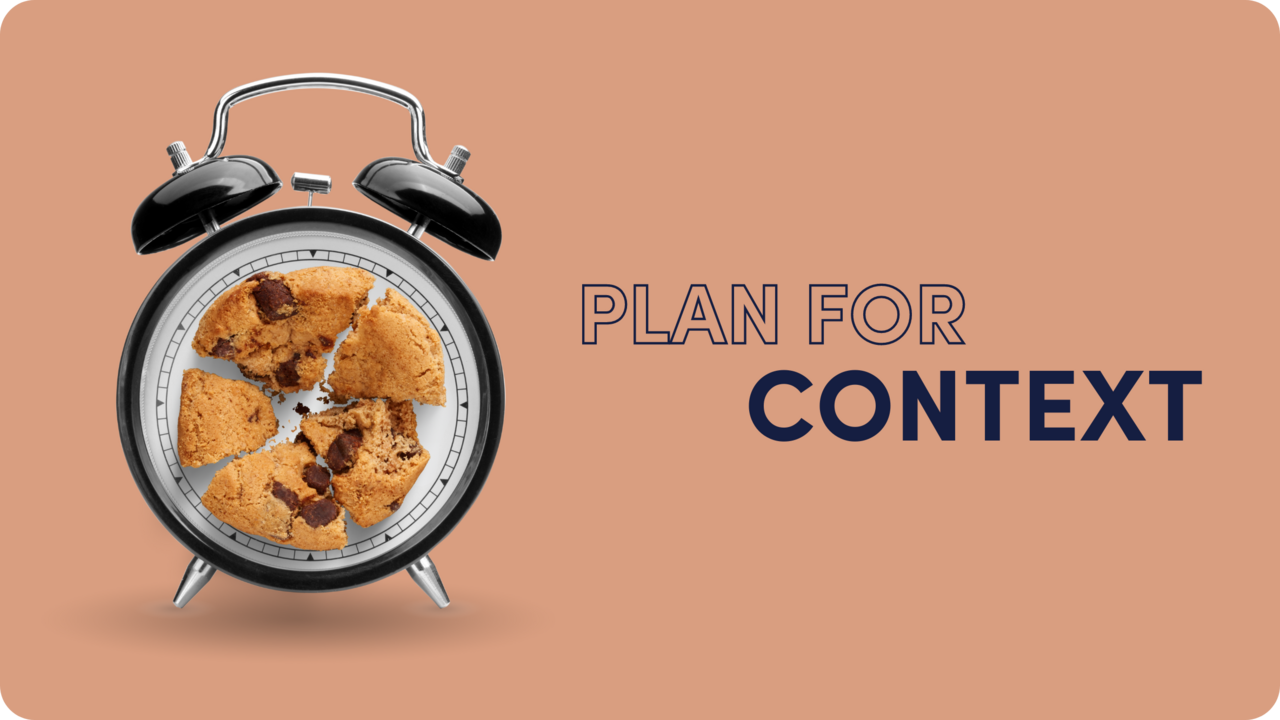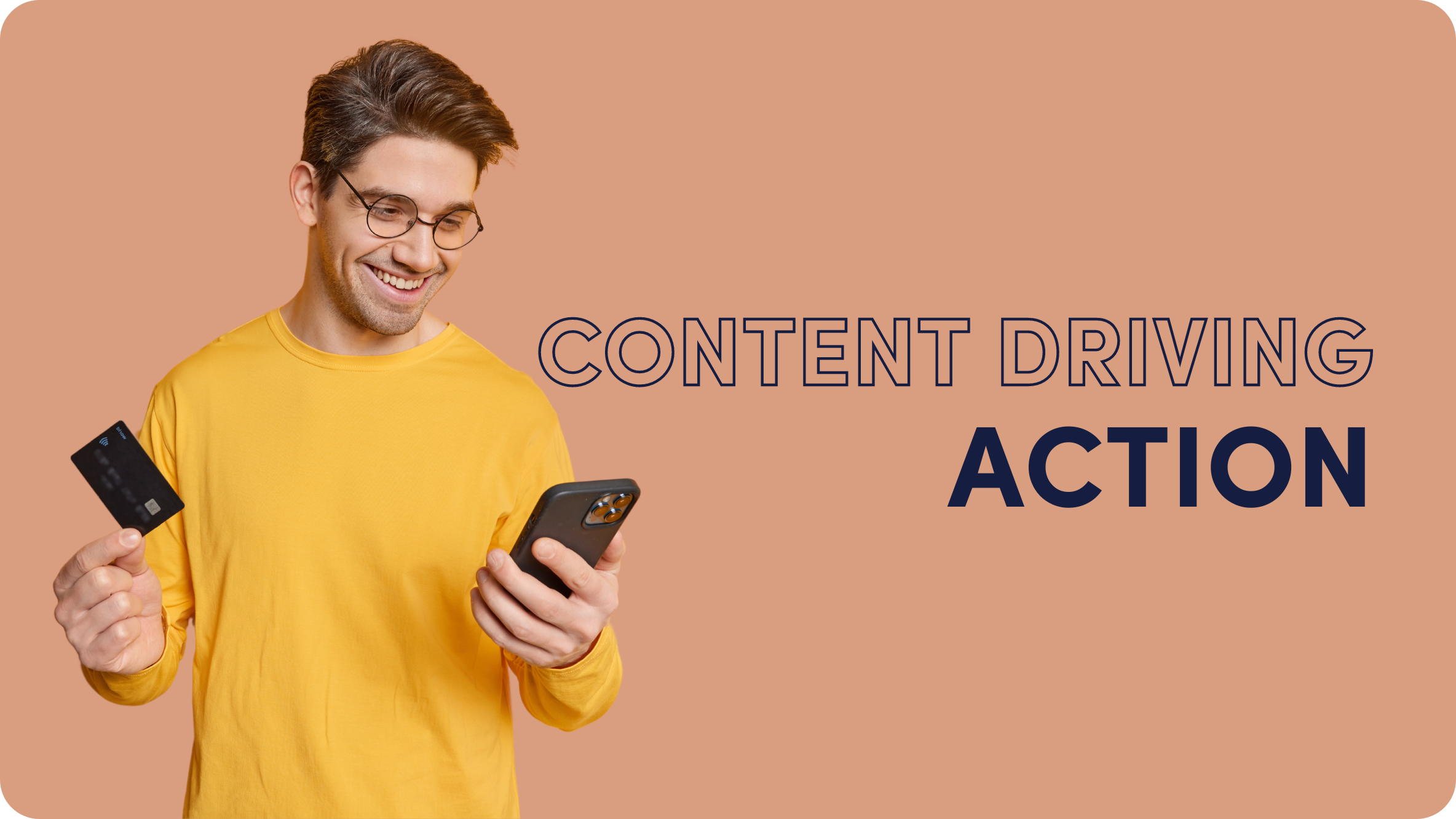9 Steps to Building a Content Strategy that Gets Results

Content. If you are a digital marketer, there is no avoiding it. All online marketing is based around some form of content, whether it’s videos, social media posts, native ads, landing pages, marketing emails, or blog posts.
It shows in marketing budgets. According to SEMrush, 69% of companies will increase their spending on content marketing this year; over 40% will increase their content marketing budgets by more than 10%.
Such a precious and powerful commodity can’t just be used on a whim. Successful content marketing depends on a solid content strategy that makes the most of every asset, whenever and wherever it is shared or promoted.
Let’s take a deeper dive into what content strategy is all about and how to do it right.
What is a Content Strategy?
Content strategy is the process of planning, creating, distributing, and measuring content in all its online forms to achieve predefined marketing and business goals. With the help of a content strategy, companies can leverage content performance data to meet KPIs, and control and maximize their content marketing efforts. Content strategy may cover the short term, for example, a single, time-limited campaign. Or it can be a longer-term strategy, taking into account a wide range of content marketing activities over a quarter or a year.
Why is a Content Strategy Important?
Creating and promoting content is not cheap. In an industry where every marketing dollar must prove its ROI, marketers need to strategize their content marketing efforts to ensure it meets the pre-defined KPIs and supports the company’s business and financial goals.
Whether you want to generate leads, increase your sales, or raise brand awareness, a well-defined content strategy will close the gap between your marketing KPIs and your actual results. It will help you get the most from your content.
What is a Good Content Strategy?
The very thought of creating a content strategy may seem overwhelming. But think of your content strategy as a working game plan for your content marketing goals, processes, and expectations. It’s really that simple.
A good content strategy considers a KPI, and then works towards reaching it. It is a roadmap that plans out the exact steps that need to be taken to reach that goal.
But of course, even with all the best planning and execution, sometimes, content campaigns don’t meet their KPIs. That’s ok, because a good content strategy also includes processes of measurement and analysis, so the content can be optimized for better performance in the future.
What Should a Content Strategy Include?
There are several elements that make up a content strategy, and they are all necessary if it is going to be a successful one. Here they are:
- Detailed goals and KPIs: Every digital content campaign should be tracked and measured to know if it is meeting its goal. That means defining the goals as precisely and detailed as you can, from the outset.
- In-depth content calendar: There are many moving parts in a content strategy, so it is important to work with a content calendar to plan out the publication schedule. Having a visual ‘map’ of the content calendar will make it easier to manage.
- A variety of content types: The best content strategies use a combination of content types to capture audience interest from different angles. Examples of content types include articles, ebooks, videos, emails, infographics, podcasts, testimonials, and more.
- Several content promotion channels: It is important to work with several online channels at the same time, to maximize exposure of content to the target audience. This means researching to find out where the target audience spends their time online.
- Talented writers and designers: Great content does not come out of thin air. It requires the hard work of writers, graphic designers, and video editors who can create high-quality content that is readable, visually appealing, and inviting to specific audiences.
- Appropriate marketing & automation tools: Today’s content strategy is too complex to be handled manually. Luckily there are a lot of digital marketing tools (some even free) that marketers can use to automate various processes of their content marketing efforts.
- Necessary budget: There’s no such thing as a free lunch (or free content strategy). Content marketing is an investment designed to generate leads and revenue. Assigning a proper budget that gives room to realize the potential of the content strategy is a must.
How to Develop a Content Strategy Framework
A good content strategy always requires good planning. So we’ve narrowed it down to nine steps that form the framework for any successful content strategy:
Step 1: Define your content business objectives
The first step to building a content strategy is defining your business: Who are we? What do we do? Why do we do it? What customer pains are we trying to solve? How do we solve it better or differently? What are our short- and long-term goals? How will content marketing help us?
Your content strategy will only ever be as solid as your answers to these kinds of questions. So, create a list and start brainstorming.
Step 2: Find out all you can about your audience
Content is meant to be consumed, so it’s important to know who you are creating it for. Identify your target audiences: What are their interests? What are their problems? Where do they spend time online?
The best way to know your audiences is to research and create a generalized profile for each customer type you are targeting. These are called “buyer personas.” Check out this helpful starter guide for creating effective personas.
Step 3: Create an original voice for your content
Chances are your product or service is not the only one of its kind. And there’s probably already loads of relevant content online. How can you make your content original, different and valuable? By connecting to the authentic heart of your brand, and sharing your unique knowledge and perspective.
And we know that authenticity works. Eighty-eight percent of consumers say that authenticity is an important factor when choosing brands they like or support. So don’t delay – find your voice today!
Step 4: Develop a written roadmap
A content strategy won’t go far if it’s floating in the air. According to recent research by the Content Marketing Institute and Marketing Profs, 63% of B2B companies do not have a documented content strategy.
Don’t become a statistic – record your content strategy now. Not only will it help you make sense of your content marketing, but it will also be much easier to adjust and refine as needed. And you can use it to align your team so you’re all working toward the same goals.
Step 5: Identify the best channels to promote your content
Multichannel marketing has become the standard approach to digital marketing. This means promoting content and interacting with audiences on a variety of platforms. Social media, email marketing, native advertising, owned websites, display ads, and more are all channels that can and should be used in a content strategy.
The trick is working out which channels are most popular among the target audience. For example, a B2B content strategy will definitely include LinkedIn as a key channel, while a B2C strategy would be more focused on Instagram or TikTok for younger audiences. Also, a company that does not get high traffic to its blog might want to consider pitching guest posts on popular blogs in the niche, with backlinks to their own site, in order to boost site visits. There are lots of channels and lots of opportunities, so make sure to identify the best ones.
Step 6: Measure your content strategy wherever possible
For a content strategy to work, it must be measurable. Content marketing metrics are loosely divided into four categories: consumption, sharing, lead generation, and sales.
First, you’ll need to define your KPIs, so you’ll have a clear map of your content goals. Then, via a range of analytics tools and software, you can track the success of your content and get a deeper understanding of how it’s performing for you. Finally, you can use these metrics to modify your strategy and reach your goals.
Step 7: Test your content and campaigns
One of the most common ways to test digital campaigns is A/B testing, also known as split testing. A/B tests are conducted by running two versions of an ad or content concurrently, with only one element different in each, such as headline, image, color of CTA button, CTA copy, and others. The performance of each version is tracked and analyzed to see which performs better.
There’s much more to a content strategy than uploading content and clicking “Publish”. So many variables affect content performance, the only way to know what’s working and what’s not is by testing.
Step 8: Optimize your content regularly
The reason for all this tracking, measuring, and testing of content campaigns is to provide the necessary information for optimization that will continuously improve campaign performance. Optimization of content can mean rewriting an article with relevant keywords, trying out new subject lines for an email campaign, improving the layout and design, or even distributing content on a different day of the week. Optimization should be an ongoing process in a content strategy, the natural next step after all the data surrounding the content’s performance among the target audience is gathered and analyzed.
Step 9: Repurpose content for other uses
Creating effective content that gets results is not easy and can take significant time and resources. If content is working well, it’s a shame to let it get stale. You can extend the life of content by including repurposing as part of your strategy. Content repurposing is when content is updated, reworked, refreshed, or adapted for some other use, so you can get more from it in the longer run. Think of it as “recycling” – don’t let content go to waste when you can squeeze it for more clicks, conversions, and customer engagement.
For example, say a particular blog post is getting great traction. Why not use it as the base to create a longer e-book promoted via native ads or on social media? Or turn a popular “how-to” guide into a step-by-step video. There are endless ways to repurpose content and bring it back to life – the only limit is creativity.
Great Content Marketing Doesn’t Just Happen
There’s a whole lot more to content marketing than just writing a terrific blog or creating a cool video. It requires a complete strategy, covering production of the content itself, how and where it will be promoted, and what results it is designed to achieve. It demands methodical planning, precise execution, and incredible attention to detail, involving many stakeholders in the organization. A good content strategy can’t happen overnight; but the sooner you start, the sooner you’ll have an effective content strategy up and running and meeting those KPIs.











